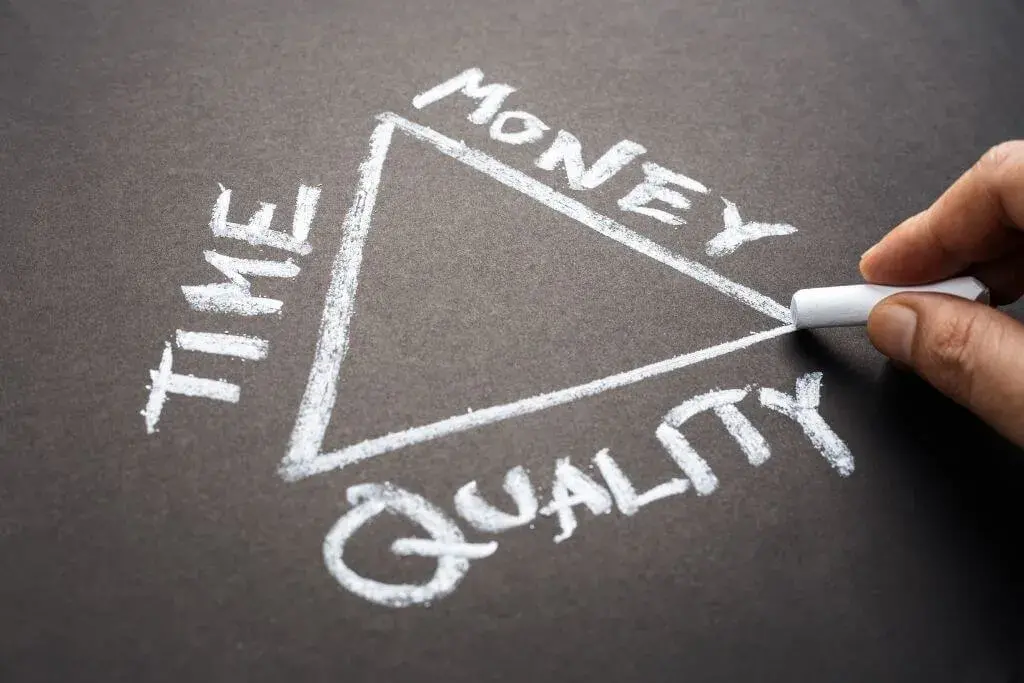See how high interest rates can directly impact access to property and learn how to organise yourself
Adverts
Interest rates play a key role in the property market, influencing the cost of financing and the demand for property.
When rates are low, loans are more accessible and demand for property increases, potentially pushing up prices. On the other hand, higher rates can make loans more expensive, reducing demand and putting downward pressure on prices.
Rates also affect the rental market, with higher rates reducing the supply of rental properties and potentially increasing rents.
Adverts
In addition, interest rates influence consumer and investor confidence in the property market, reflecting general economic conditions.
Although other factors also play a role, such as government policies and demographic trends, interest rates remain a key indicator to monitor in the property market.
Understanding these effects is crucial for those involved in the property sector seeking success in an ever-changing market.
Read on to find out more about the impact of interest rates on the property sector, and how this can affect your property purchase!
Quick Index:
Interest rates: what are they and how do they work?
The interest rate is the cost of using money over time, expressed as a percentage of the amount borrowed, invested or deposited.
This rate is applied in different financial contexts, such as loans, investments, financing and savings accounts. In essence, it represents the price paid by the borrower (debtor) or the gain received by the lender (creditor).
Interest rates can vary widely depending on various factors, including central bank monetary policies, economic conditions, supply and demand for credit, credit risk associated with the borrower or the investment, among others.
In general, in expansionary monetary policy environments, interest rates tend to be lower, which can encourage consumption and investment. On the other hand, in tight monetary policy environments, rates tend to be higher, which can discourage consumption and investment but help control inflation.
Types of interest rates
Nominal Interest Rate: This is the interest rate stated in loan, investment or financing contracts, without taking into account the effect of inflation. For example, an interest rate of 5% per year is a nominal rate.
Real Interest Rate: It is the interest rate adjusted for inflation, reflecting the real purchasing power of money. It indicates the real return on an investment or the real cost of a loan, taking into account the inflation rate.
Simple Interest Rate: It is applied to the principal amount of the loan or investment throughout the contract period. Interest is only calculated on the initial amount and is not capitalised over time.
Compound Interest Rate: It is applied to the principal amount and the interest accrued over each period of time. Interest is capitalised periodically, which means that the interest earned is added to the principal amount and earns additional interest.
Fixed Interest Rate: It remains constant throughout the term of the contract. This means that the monthly payments on a loan or the return on an investment remain the same throughout the term of the contract.
Variable Interest RateIt can vary over time based on a reference index, such as the basic interest rate determined by the central bank or a market rate. Payments on a loan or the return on an investment can increase or decrease according to changes in the reference interest rate.
The impact of taxes on property purchases
Property financing
Interest rates directly affect the affordability of property finance. When interest rates are low, property buyers can get loans with lower monthly payments. This makes property ownership more affordable, especially for first-time buyers or those with limited financial resources. On the other hand, higher interest rates can increase monthly mortgage payments, potentially limiting the number of eligible buyers.
Purchasing Power
Interest rates have a significant impact on the purchasing power of property buyers. Lower interest rates allow buyers to qualify for larger loan amounts, expanding their options in the property market. On the other hand, higher interest rates can restrict purchasing power, leading buyers to consider more affordable properties.
Demand for housing
Fluctuations in interest rates influence the general demand for housing. Lower interest rates generally stimulate demand, as more people can afford to enter the property market. This increased demand can contribute to higher property prices, creating a competitive environment for buyers. On the other hand, higher interest rates can reduce demand, potentially leading to property values stabilising or even falling.
Refinancing Activity
Changes in interest rates don't just affect new property buyers, they also have an impact on existing homeowners. When interest rates fall, homeowners may choose to refinance their mortgages to obtain a lower rate, reduce monthly payments or access the equity in the property. This increased refinancing activity can have a ripple effect on the property market, influencing the dynamics of supply and demand.
Economic Indicators
Interest rates are often linked to broader economic indicators. Central banks adjust interest rates based on economic conditions to stimulate or cool economic activity. As a result, changes in interest rates can serve as indicators of general economic health, influencing consumer confidence and willingness to invest in property.
Market Trends and Momentum
The timing of property purchases is crucially influenced by interest rates. Smart buyers can choose to enter the market when interest rates are low to maximise their purchasing power and minimise long-term costs. Monitoring market trends and interest rate forecasts can inform strategic decisions about when to buy or sell property.
Impact on the Rental Market
Interest rates don't just affect property buyers, they also have implications for the rental market. When interest rates are low, some people who were considering buying may choose to rent, leading to an increase in demand for rental property. This, in turn, can impact rental prices and the overall dynamics of the rental market.
Variable Interest Rate Mortgages (ARMs)
Fluctuating interest rates have a more direct impact on homeowners with variable interest rate mortgages (ARMs). Interest rates on ARMs can change periodically, affecting monthly mortgage payments. Homebuyers who opt for ARMs should be particularly alert to possible rate increases when considering this type of financing.
Long-Term Financial Planning
Interest rates play a crucial role in long-term financial planning for homeowners. Securing a mortgage with a low fixed interest rate can provide stability and predictability in monthly payments over the life of the loan. It's an essential consideration for individuals planning to stay in their homes for an extended period.
Government Policies and Stimulus Measures
Government policies and stimulus measures, especially during economic recessions, can involve adjusting interest rates to encourage spending and investment. Property buyers should be aware of these policy changes, as they can influence the cost of financing and general market conditions.
Conclusion
The impact of interest rates on property purchases is multifaceted, influencing affordability, demand and the general dynamics of the market.
Property buyers, whether they are entering the market for the first time or considering refinancing, should carefully monitor interest rate trends and consider their long-term financial goals.
Understanding this interaction between interest rates and the property market empowers buyers to make informed decisions and navigate the ever-evolving property landscape.
Read more: Home renovation, how to plan
You may be interested:















